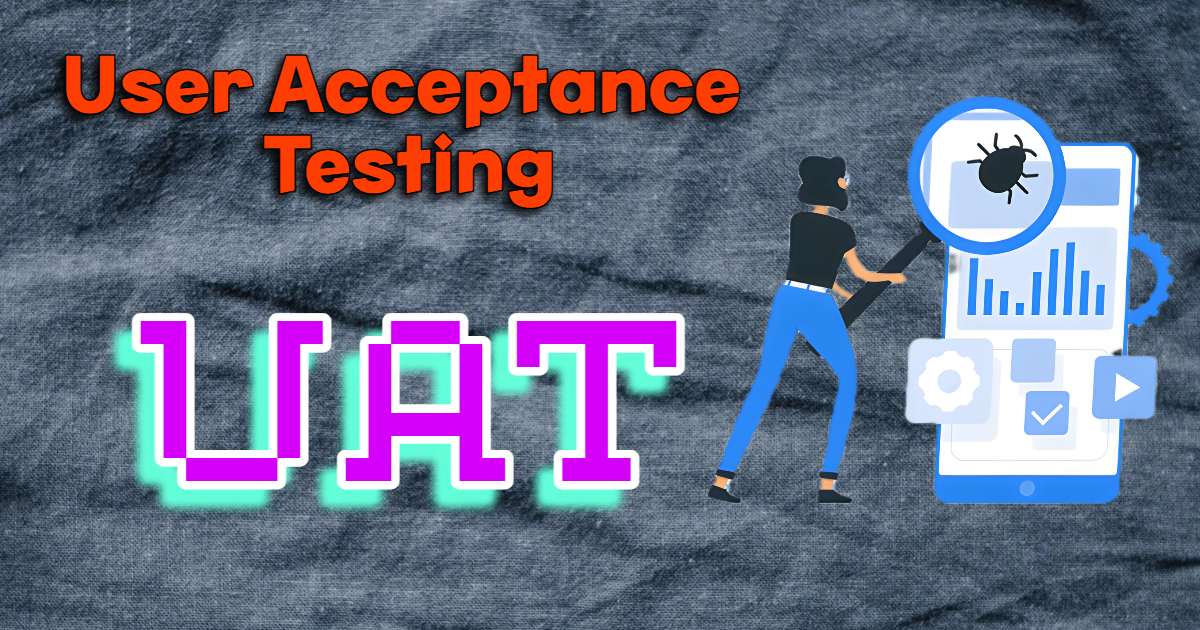With the emergence of test automation, the User Acceptance Testing (UAT) phase in software development has transformed into a more efficient and dependable process, saving time and reducing the likelihood of human error. This article investigates how test automation can optimize the UAT process, guaranteeing expedited releases, enhanced quality, and heightened user contentment.
Table of Contents
Improved Test Coverage:
One of the primary advantages of test automation in UAT is the ability to achieve extensive test coverage. Automation tools can simulate various user scenarios, ensuring that all features and functionalities are thoroughly tested. Unlike manual testing, which might overlook certain edge cases, automation guarantees comprehensive coverage, minimizing the risk of post-release issues and enhancing overall product quality.
Faster Feedback Loops:
Test automation accelerates the feedback loop between developers and end-users. Automated tests can be run repeatedly and consistently, providing immediate feedback to the development team. Any issues identified during automated testing can be quickly addressed, reducing the time between bug identification and resolution. This rapid feedback loop facilitates agile development practices, allowing teams to iterate and improve the software more swiftly.
Regression Testing:
Regression testing, which ensures that new code changes do not negatively impact existing functionalities, is a crucial aspect of UAT. Automating regression tests saves time and effort, enabling testers to focus on exploring new features and user pathways. This not only speeds up the UAT process but also enhances the team’s confidence in the application’s stability after each code modification.
Data-Driven Testing:
Test automation allows for data-driven testing, where multiple sets of test data are used to validate the same sequence of actions. This approach is particularly beneficial in UAT, where diverse user interactions need to be tested. By automating data-driven tests, various user inputs and scenarios can be examined thoroughly, ensuring that the application performs as expected under different conditions.
Cost-Effectiveness:
While there is an initial investment in setting up test automation frameworks, it ultimately leads to significant cost savings in the long run. Automated tests can be reused across different UAT cycles and projects, reducing the need for repetitive manual testing efforts. This efficiency not only saves time but also decreases overall testing costs, making the UAT process more economical for organizations.
Enhanced Collaboration:
Test automation promotes collaboration between development, testing, and business teams. Automated test scripts serve as a common reference point, allowing all stakeholders to understand the test scenarios and expected outcomes. Collaborative tools and platforms facilitate real-time communication, ensuring that everyone involved in the UAT process is on the same page. This collaboration leads to a shared understanding of requirements and expectations, resulting in a more effective UAT phase.
Conclusion:
In the realm of software development, User Acceptance Testing (UAT) is pivotal for ensuring application quality and user satisfaction. Test automation, particularly with Opkey, transforms the UAT process.
Opkey’s automation testing without coding enables individuals of varying technical backgrounds to create automated tests, reducing reliance on technical teams.
Opkey’s Test Discovery technology mines business process logs, focusing UAT efforts on critical areas for optimal test coverage.
Opkey also automates report generation, enhancing communication and collaboration.
By choosing Opkey, businesses can achieve early bug detection, enhance user adoption, and meet their objectives effectively. Opkey streamlines UAT, ensuring robust applications without compromise.
Visit for more best articles





